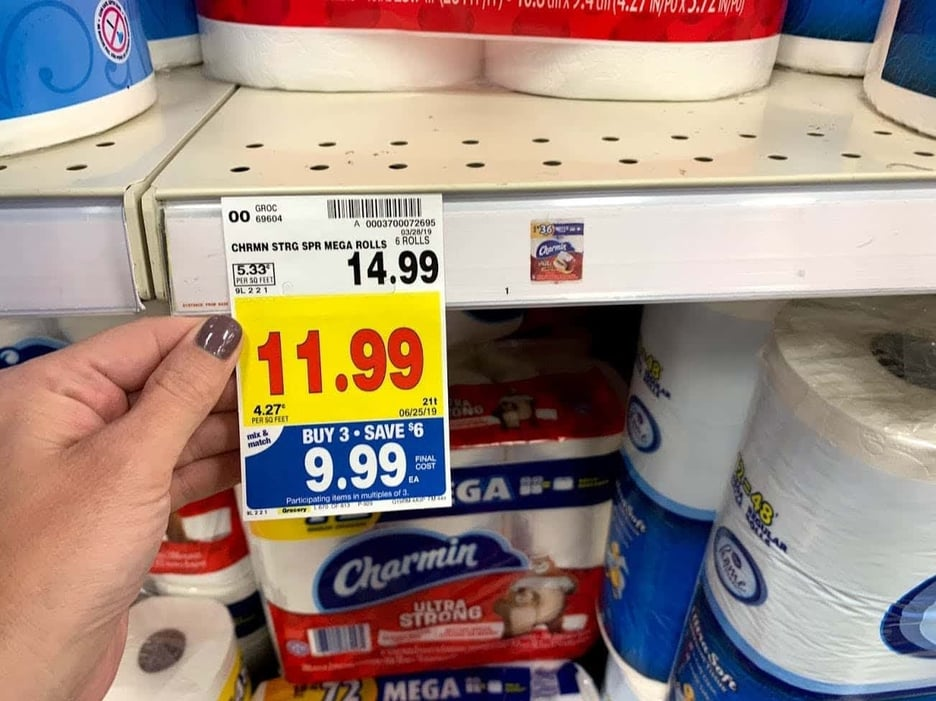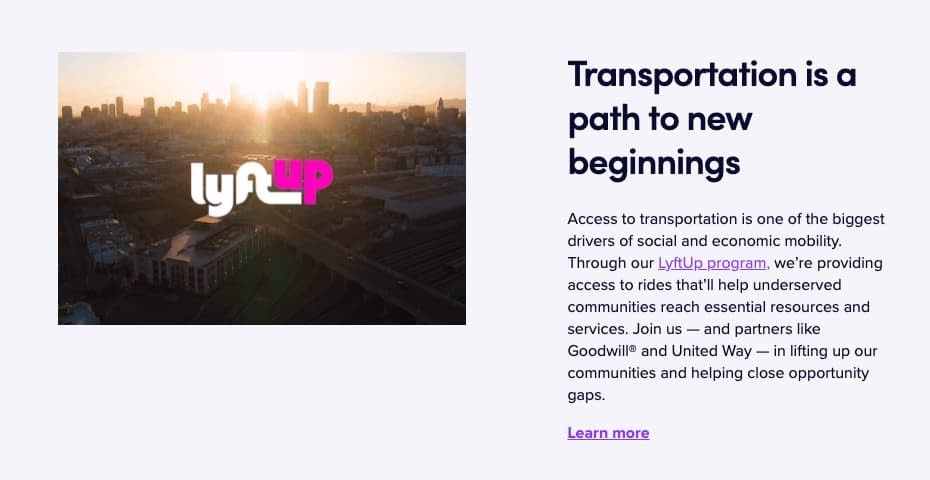
How do I get new visitors to my website can be a difficult and expensive process. When you’ve got this opportunity, you must maximize loyal customers’ current rewards to keep them returning.
Research shows that previous customers are nine times less susceptible to purchasing from you. A typical customer spends about 30 percent of their revenue at an average rate.
A successful reward system will ensure loyalty and improve revenue through repeat purchases. But as I’ve discovered below, several ways of creating an effective loyalty plan exist.
Loyalty programs
Loyalty programs are becoming increasingly crucial for businesses to retain their customers. In this article, we will explore the benefits of loyalty programs, how they work, and how companies can implement them to improve customer retention.
Creating a successful customer loyalty program requires understanding your customer’s needs and preferences. One way to do this is by offering personalized rewards tailored to their interests.
For example, if you own a coffee shop, you could offer a free latte to repeat customers who have purchased a certain number of drinks. By tailoring the best customer loyalty rewards programs to their specific interests, you can increase the likelihood that they will continue to do business with you.
Effective strategy
Another effective strategy to reward customer loyalty is to offer tiered rewards based on the amount customers spend, spending money, and engagement customers pay with your business.
In addition to offering personalized and tiered loyalty program rewards, it is essential to communicate the benefits of your loyalty program to your customers.
This could include creating a website landing page outlining the rewards and benefits of your customer loyalty program examples or sending targeted email campaigns to your most loyal customers.
By effectively communicating the benefits of your paid loyalty program, you can increase the likelihood that your customers will participate and remain engaged with your business.
his could include collecting feedback from your customers, tracking participation rates, and monitoring the impact of your program on customer retention and sales. By regularly analyzing and optimizing your loyalty program, you can ensure that it remains effective and continues to drive customer loyalty.
To summarize, creating an effective customer loyalty customer rewards program requires a deep understanding of your customer’s needs and preferences, personalized and tiered customer rewards programs, customer referrals, effective communication, and regular analysis and optimization. By implementing these strategies, you can create a customer rewards program that helps you outrank other websites and drives long-term customer loyalty and business success.

What is a loyalty program?
A loyalty program is a marketing strategy that rewards customers for their repeat business. It incentivizes or encourages customers to purchase from a particular business in exchange for exclusive discounts, promotions, loyalty points, or other benefits.
Benefits of loyalty programs
Loyalty programs can bring numerous benefits to businesses and motivate happy customers to purchase something next, including:
Increased customer retention:
Customers rewarded for their loyalty are likelier to continue purchasing from the business.
Improved customer satisfaction:
Loyalty programs can enhance the exceptional customer service experience and create a sense of exclusivity.
Increased customer lifetime value:
When customers continue purchasing from a business, their lifetime value spends money increases for future purchases, which can result in increased revenue.
Enhanced brand and point-based loyalty programs: Loyalty programs can help businesses build a community of loyal customers who promote their brand.
How do loyalty programs work?
Loyalty programs typically work a traditional point system by awarding customers points or rewards for their purchases. Customers can then other customers earn rewards or redeem points or rewards and then redeem these points or rewards for discounts, exclusive products, or other benefits.
Some common types of loyalty programs include:
Point-based programs: Customers earn points for their purchases, which they can later redeem for discounts or other benefits.

Implementing a loyalty program
Implementing a full value-based customer loyalty program requires careful planning and execution. Some key steps to take when building customer and value-based customer loyalty programs.

Best practices for loyalty programs
To ensure the success of a loyalty program, businesses should follow some best practices, including:
1. Personalization
Personalization is key to creating a successful loyalty program. Customers want to feel valued and appreciated the higher their tier, and personalizing rewards and other offers to customers based on their preferences and behaviors can help achieve that.
2. Transparency
Transparency is essential to building trust with customers. Businesses should communicate the terms and conditions of the most used reward points, loyalty points, or customer loyalty or program, including how points or other rewards points are earned and redeemed, any limitations or restrictions, and any expiration dates.
3. Accessibility
Loyalty and rewards programs should be accessible and easy for all customers.
Businesses should ensure that their loyalty program is available on multiple channels, including online, in-store, and mobile, and that the rewards and benefits of paid loyalty programs are straightforward to understand.
4. Continuous improvement
Loyalty programs require ongoing attention and improvement to remain effective. Businesses should regularly review and analyze their loyalty program’s performance, gather customer feedback, and adjust to improve its effectiveness and appeal.
Benefits of a successful loyalty program
A successful loyalty program can offer rewards to customers who are loyal and keep those customers loyal and engaged and a range of benefits to businesses, including:
1. Increased customer retention
Loyalty programs can help businesses retain customers by creating a sense of value-based loyalty program and commitment among loyalty club members as customers earn rewards back.
Customers who participate in loyalty programs are likelier to continue doing business with a company and recommend it to others.
2. Higher customer lifetime value
By encouraging customers to make repeat purchases and rewarding customers through their loyalty programs, businesses can increase the lifetime value of each customer. This can have a significant impact on revenue and profitability over time.
3. Improved customer engagement
Loyalty programs can also improve customer engagement by providing opportunities for interaction and feedback. Businesses can use loyalty programs to have loyalty members gather customer data and insights, which can inform product development, marketing, and other business strategies.
4. Competitive advantage
A well-designed loyalty program can also provide a competitive advantage for businesses.
By building customer loyalty by offering exceptional customer service and unique and valuable rewards and benefits, businesses with point-based loyalty programs can differentiate themselves from their competitors and attract new customers.

Key components of a successful loyalty program
To create a successful customer loyalty program, businesses should focus on several key components of best customer loyalty programs, including:
1. Reward structure
The reward structure is the backbone of any loyalty program. Businesses that manage loyalty programs should consider what rewards and benefits will appeal most to their customers and how to structure the program to encourage repeat purchases and build customer loyalty and engagement.
2. Communication strategy
Effective communication is essential to the success of a loyalty program. Businesses should communicate the benefits and terms of the rewards program both clearly and consistently, using a variety of channels to reach customers where they are.
3. Technology infrastructure
A robust technology infrastructure is necessary to support a loyalty program.
Businesses with such tiered reward customer loyalty and program programs should ensure that their systems can accurately track and manage customer data, rewards, and redemption activity and have the resources and support to maintain the program over time.
4. Ongoing evaluation and optimization
Finally, businesses should commit to ongoing evaluation and optimization of their loyalty program. This may involve gathering customer feedback, analyzing program performance data, and making adjustments to improve its effectiveness and impact on customer behavior.
Here are some additional strategies you can use to encourage customers and create an effective customer loyalty program:
Create a sense of exclusivity:
One way to build customer loyalty and make your customers feel special is by offering exclusive rewards or benefits only available to loyalty program members. This could include early access to new products or services, exclusive discounts, or personalized experiences.
Gamify your program:
Adding a gamification element to your loyalty program can make it more engaging and enjoyable for your customers.
This could include challenges, quizzes, or mini-games that allow customers to earn rewards, additional rewards, or points.
Collaborate with other businesses:
Partnering with credit card companies to offer mutual loyalty programs can be a win-win for businesses and customers.
By collaborating with complementary businesses, you can submit a wider range of rewards and benefits to your existing customers while expanding your customer base.
Offer social proof:
Highlighting the success of your loyalty program through customer testimonials or case studies can be an effective way to motivate customers, encourage new customers to join, and increase participation rates among existing loyalty members.

Creating a Successful Loyalty Rewards Program
Now that we’ve established the importance of building customer loyalty through rewards programs, let’s discuss how to create a successful rewards program for rewarding loyal customers of your business. Here are some actionable tips:
Set Clear Goals:
Before launching your customer loyalty program ideas, it’s essential to establish clear goals. What do you hope to achieve with your loyalty program?
Is it increased revenue, customer retention, or something else? By setting clear goals, you can measure the success of your program and make adjustments as needed.
Determine Rewards:
The rewards you can offer customers depend on your business and customer base. Consider offering discounts, free products or services, or exclusive access to events or content. It’s important to make the rewards appealing and valuable to your customers.
Make it Easy to Join:
The sign-up process for your online store or loyalty program should be simple and easy to motivate customers to understand. Consider offering incentives for customers who sign up, such as a discount on their next purchase.
Promote Your Program:
Once your program is launched, promoting it to your customers is essential. Use social media, email marketing, and other channels to get the word out and engage new customers. Consider offering special promotions or discounts to customers who refer others to your program.
Measure Success: Finally, measuring your program’s success is essential. Use metrics such as customer retention, revenue, and referral rates to determine if your program meets its goals. Make adjustments as needed to ensure continued success.
Why customer loyalty programs matter: Retaining existing customers is far more cost-effective than acquiring new ones. Studies have shown that acquiring a new customer can cost up to five times more than retaining an existing one. In addition, loyal customers tend to spend more and are more likely to refer new business to you, helping to drive growth and increase revenue.
Critical elements of an effective loyalty program: To create an effective customer loyalty program, you need to consider a few key factors, including:
Rewards:
Your loyalty program should offer meaningful and attainable tips. Prizes could be in the form of discounts, exclusive access to new products or services, gifts, or points that can be redeemed for future purchases.
Personalization:
Customers want to feel valued and appreciated. A loyalty program that offers personalized rewards and experiences can help to deepen customer engagement and loyalty.
Ease of use:
A loyalty program that is easy to join and use will encourage more customers to participate. Ensure your program is accessible across multiple channels, including online and in-store.
Conclusion
In conclusion, loyalty programs are a powerful tool for businesses looking to retain their existing customers and increase their revenue.
By implementing such a well-designed loyalty program, companies can create a community of loyal customers who promote their brand and help drive growth. If you’re considering implementing such a customer loyalty program example or a loyalty program for your business, we recommend working with a team of experts to ensure its success.
CoopBusiness is a revolutionary cooperative business-building platform that empowers individuals to become entrepreneurs, business owners, and financially independent.
As a member, you’ll receive top-level business mentorship, access to our proprietary business systems, and the opportunity to access the funds you want to turn your business ideas into reality.